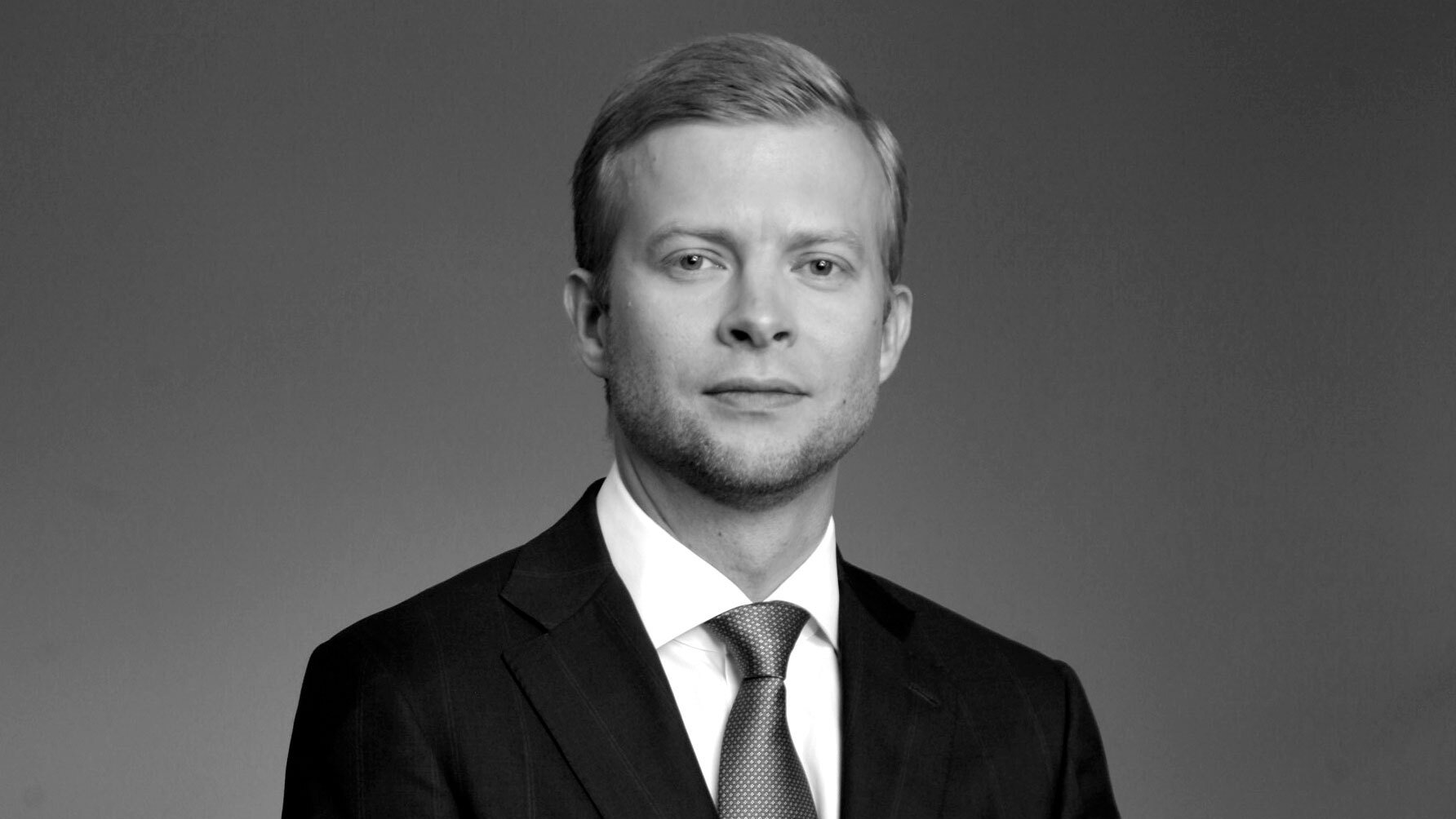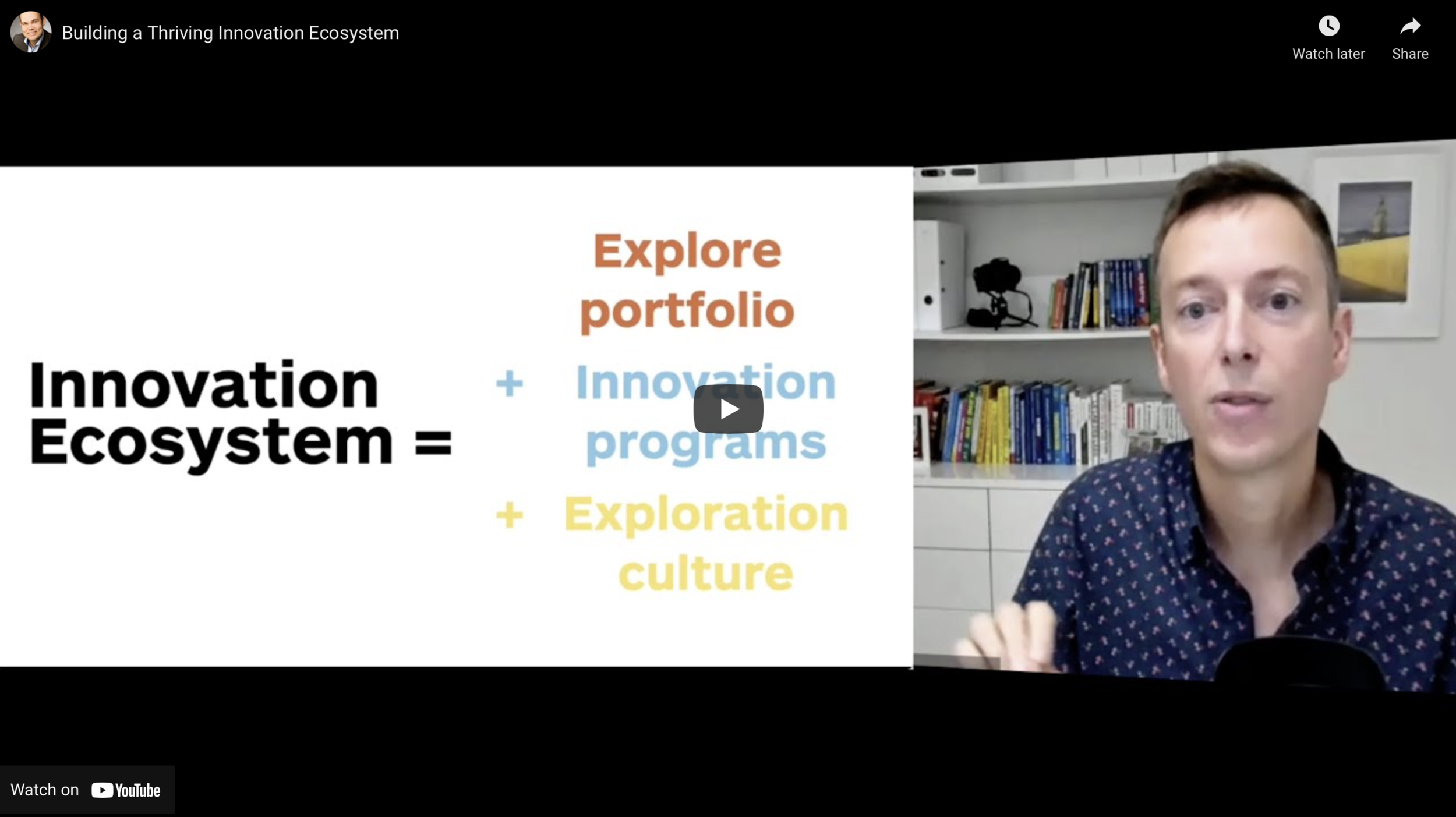Are your leaders also ready to lead innovation?
Are the leaders of an organisation ready to lead innovation just because they are seasoned leaders of the current business? Based on my experience, almost all organisations assume so, and more than one might actually find the question offensive.
But that assumption is often proven wrong. Even leaders who want their organisation to become more innovative often struggle to adequately support innovation, especially transformative innovation.
In the last few years, I have developed an approach to help leaders achieve better outcomes with their transformative innovation endeavours. It starts with a workshop called Innovation Insights for Leaders to allow time and space for senior leaders to reflect on those topics. The discussion in such a workshop creates the opportunity to:
- raise leaders’ awareness on the radical difference between exploration and exploitation,
- make explicit their role in supporting and challenging innovation teams,
- make explicit their role in designing and nurturing an innovation ecosystem.
In this blogpost I will highlight a few of the questions that can be tackled in such a workshop, the ones that usually best contribute to shifting their perspective on innovation.
How different is exploration compared to exploitation?
In the above video I introduce the Explore and Exploit continuum, and explain why the high uncertainty of the Explore space makes exploring new business ideas radically different from running an existing business. We can reduce that high uncertainty via iterative experimentation, and thus de-risk new business ideas in a large organisation.
This realisation that exploration is radically different from exploitation is the foundation for leaders to acknowledge that a different type of leadership from them is required for transformative innovation.
When leaders use an Exploit mindset, process and toolbox to manage the exploration of new business ideas it only leads to suboptimal outcomes, delivered with a lot of pain, including wasted efforts, money and resources.
Leaders need a different way to support and challenge innovation teams, so that’s the next question we zoom in.
How to best support and challenge innovation teams?
In Testing Business Ideas, David Bland and Alex Osterwalder from Strategyzer introduced the business design and testing double-loop. Innovation teams will go through the different steps of the business design and testing double-loop multiple times as they explore ideas for new products, or services.
It is critical for leaders to understand how they can best support and challenge those teams at every step of this process so they can maximise the impact of their interactions with the team.
When an innovation team is in the design phase, things leaders can do to maximise their impact include:
Ensuring the team doesn’t fall in love with their first idea,
Encouraging the team to explore many ideas and develop multiple prototypes,
Asking questions that help the team come up with better business models.
When the innovation team moves on to the testing phase, things leaders can do to maximise their impact include:
Challenging the critical hypotheses that the team is de-risking,
Pushing the team to use cheap and fast experiments,
Making decisions based on evidence the team generated via testing (and not their intuition)
Supporting and challenging innovation teams in this different way already changes the impact leaders can have on innovation. But to build a thriving innovation capability in an organisation, working at the team level is not enough. Leaders also have to work at a systemic level, which takes us to the next critical question.
How to design and nurture an innovation ecosystem?
It is also the responsibility of leaders to design and nurture this innovation ecosystem. But leaders are often less familiar with design options in that Explore space than in Exploit. So, it’s important to have time to highlight in a facilitated conversation the impact of often-implicit design choices on the innovation ecosystem, and reflect on potentially better alternatives.
There are many questions to answer and many design choices to make as you build an innovation ecosystem. Among those, let me introduce three that I would address with leaders as early as possible.
How many projects should you explore?
The number of projects in your Explore portfolio will have a huge influence on the type of outcomes you can get from your portfolio management. Transformative innovation for instance is a volume game. So, it’s critical to unpack this question with leaders so they realise the critical importance of volume and that investing in a few big bets might not get them the type of outcomes they’re looking for.
2. Is leadership support enough?
The support leaders provide to innovation will be carefully observed and assessed by employees who will calibrate their actions accordingly. This support can take many forms, including time. The time leaders spend on innovation will deeply impact the innovation culture, an impact that leaders often underestimate. In a previous blogpost I talked about how asking “How much time does your CEO spend on innovation?” is a good proxy to assess the importance of innovation in an organisation. If the CEO and her leadership team don’t spend time on innovation then it’s probably not that important. And that loud and clear message will resonate in the whole organisation.
3. What’s the optimal design for your innovation organisation today?
Org design decisions also are very telling. A single org design decision such as “who does your Head of Innovation report to?” will send a strong message to the whole organisation on the real power and legitimacy of innovation. And there are many other important design choices to be made on reporting lines, governance & delegated authority, rewards & incentives systems, etc. So it’s important for leaders to pause, assess the options in those areas, and make the design choices that are best aligned with their innovation objectives.
Those are just a few examples of the questions that could be tackled in a workshop for senior leaders to engage them and get their full support towards better outcomes from innovation endeavours. In reality many other questions pop up, as no two companies face the same challenges. But there is always one constant challenge to address, the challenge of raising leaders’ awareness that they should adapt their response when facing the high uncertainty of the Explore world.
“Between stimulus and response there is a space. In that space is our power to choose our response. In our response lies our growth and our freedom.” (Attributed to) Viktor Frankl
Those words might never have been written or said by Viktor Frankl, but they carry a critical insight for all of us involved in leading innovation. Whether leaders have to decide on funding an innovation team or who the Head of Innovation should report to, experience shows us that their instant reaction, their gut feel triggered by past successes in Exploit, will often lead them astray. Innovation can only thrive in a large organisation when its leaders learn to pause in this space between stimulus and response and then choose the best response in an Explore context. As transformative innovation endeavours are often about creating new growth, the future growth and resilience of an organisation lies indeed in this critical awareness of leaders.










